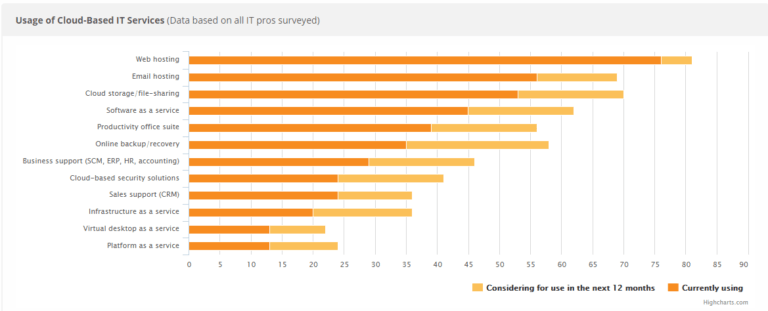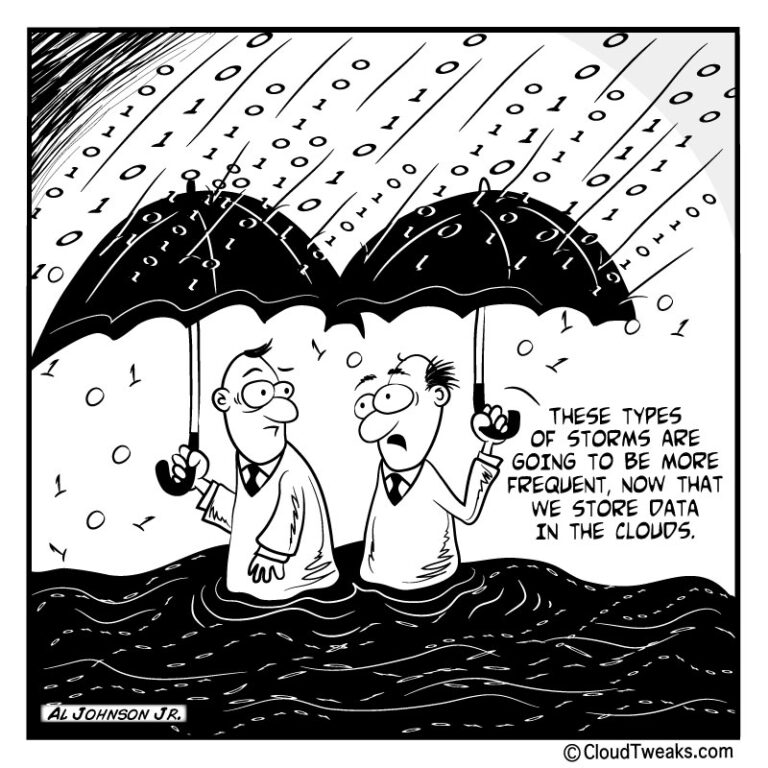In an ever-evolving digital landscape, the cloud has emerged as a ubiquitous storage and processing platform and a pivotal arena for cybersecurity battles. It’s no longer a question of if but when cyber threats will target your cloud infrastructure.
This guide is designed to offer IT professionals, cybersecurity experts, and cloud service users an exploration of critical strategies and solutions to fortify your cloud environments against cyber perils.
Common Cybersecurity Risks Associated with Cloud Infrastructure

Before we fortify our digital fortresses, it is crucial to identify the potential weak spots that cybercriminals may exploit. As organizations adopt the cloud the traditional perimeter begins to evaporate, what was an easily understood demarcation can now be quite hazy.
Data Breaches and Unauthorized Access
One of the most hot-button issues in cloud security is the threat of data breaches. These breaches can be catastrophic, resulting in the loss of sensitive personal data, intellectual property, and, of course, the trust and confidence of customers.
Inadequate Identity and Access Management (IAM)
Mismanagement of user privileges can lead to unauthorized access. A centralized and robust IAM process ensures that only the right people have access to the correct information. IAM solutions can help create a secure and transparent user authentication system.
The Shared Responsibility Model
Understanding the demarcation between what your cloud service provider is responsible for and what lies within your realm is pivotal in orchestrating a comprehensive cybersecurity strategy. For instance, the security of the physical infrastructure and network layer is largely your provider’s concern, while you are accountable for securing data and applications.
A common misconception is that the cloud providers have a wealth of cyber security resources so everything in the cloud is secure. While they likely do have a large security staff, they are focused primarily on their equipment and systems, not what you have in the cloud.
Strategies for Enhancing Cybersecurity in the Cloud
Cybersecurity is as complex as it is essential. We leverage several strategies to create a security mesh that spans the entirety of our cloud infrastructures.
Continuous Monitoring and Incident Response
Implementing a system that affords 24/7 monitoring ensures early detection of suspicious activities, triggering immediate incident response protocols before significant damage is done.
Regular Security Assessments and Testing
Penetration tests, simulated attacks, and regular evaluations maintain a proactive stance, helping you to identify and plug potential vulnerabilities before malicious actors exploit them.
Cloud Security Posture Management (CSPM)
Employing CSPM tools ensures that your cloud environments adhere to recognized security best practices and helps safeguard configurations and deployments from errors and inconsistencies.
Innovative Solutions for Mitigating Cyber Threats
Staying ahead of cyber threats requires not only vigilance but an arsenal of innovative solutions tailored to the cloud ecosystems that your organization utilizes.
Advanced Encryption Techniques
End-to-end encryption of sensitive data, both at rest and in transit, adds an additional layer of protection, ensuring the privacy and integrity of the information. Encryption standards, such as AES 256-bit encryption, are now considered the industry standard.
Multi-Factor Authentication (MFA)
In addition to traditional username and password credentials, MFA adds an extra layer of security by requiring additional forms of identification, such as biometrics or one-time access codes. This makes it more challenging for hackers to gain unauthorized access.
Next-Generation Firewalls (NGFW)
These intelligent, deep-inspection firewalls are designed to detect and block complex attacks by enforcing security policies at the application level as well as at the network layer. A robust NGFW solution can provide defense against both known and unknown threats.
Cloud Access Security Brokers (CASB)
Solutions like CASBs offer centralized visibility and control over data accessed in cloud environments, along with data loss prevention, threat protection, and user behavior monitoring. Implementing CASBs can help mitigate the risks associated with shadow IT and unmanaged cloud services. Many CASBs can also assist with encryption in transit and at rest.
Zero Trust Architecture
Adopting a zero-trust approach, where every user and device is verified before granting access to resources, can significantly reduce the attack surface and mitigate the effects of potential breaches. By incorporating these strategies and solutions, you can create a robust and secure cloud infrastructure that fosters trust and confidence in your organization’s data protection capabilities.
Address Compliance Requirements and Regulatory Standards in Cloud Environments
Adherence to regulatory requirements is a non-negotiable component of cloud cybersecurity. Failing to meet these standards can result in severe consequences, including legal penalties and loss of business.
Understanding Data Jurisdiction and Compliance
The cloud is global, but data is subject to regional laws and regulations. Understanding where your data resides, and the laws that govern it is critical. Compliance requirements may vary depending on factors such as industry and data sensitivity. For example, healthcare data is subject to HIPAA regulations in the US, while the GDPR applies to the personal data of EU citizens.
Partner with Compliant Cloud Service Providers
Choose cloud service providers that adhere to recognized data protection and privacy compliance standards, such as ISO/IEC 27001 and the General Data Protection Regulation (GDPR). Partnering with compliant providers can help you meet compliance obligations and strengthen cloud security.
Implementing Security Measures Specific to Different Compliance Frameworks
Frameworks such as GDPR, HIPAA, and PCI DSS each have specific security and privacy requirements. Tailoring your security measures to align with these regulations is paramount. By staying informed and implementing a comprehensive, multi-layered approach to cloud cybersecurity, you can fortify your digital infrastructure and safeguard against potential cyber threats.
The Role of Risk Assessments in Compliance
Regular risk assessments can help you quantify the risk associated with your cloud environment and identify areas for improvement. This establishes a culture of continuous compliance and optimization. Remember, compliance is an ongoing process, not a one-time event. So, stay vigilant and keep adapting to evolving threats and regulations to maintain a robust security posture in the cloud.
Conclusion: A Well-Defended Future in the Cloud
The cloud beckons with promises of innovation and growth, but these opportunities come with the inherent responsibility of safeguarding what is most precious to us: our data. Through a combination of thoughtful strategies, state-of-the-art solutions, and unwavering commitment to compliance, we can build robust defenses that not only repel cyber threats but also enhance the agility and integrity of our cloud environments.
Cybersecurity in the cloud is an ongoing conversation; new threats will emerge, and new solutions will be devised. As we move forward, the integration of security into the very fabric of our cloud operations will ensure a safe and prosperous digital future. Remember, the most secure cloud environments are those that are actively and continually protected.
By Tyler Owen



